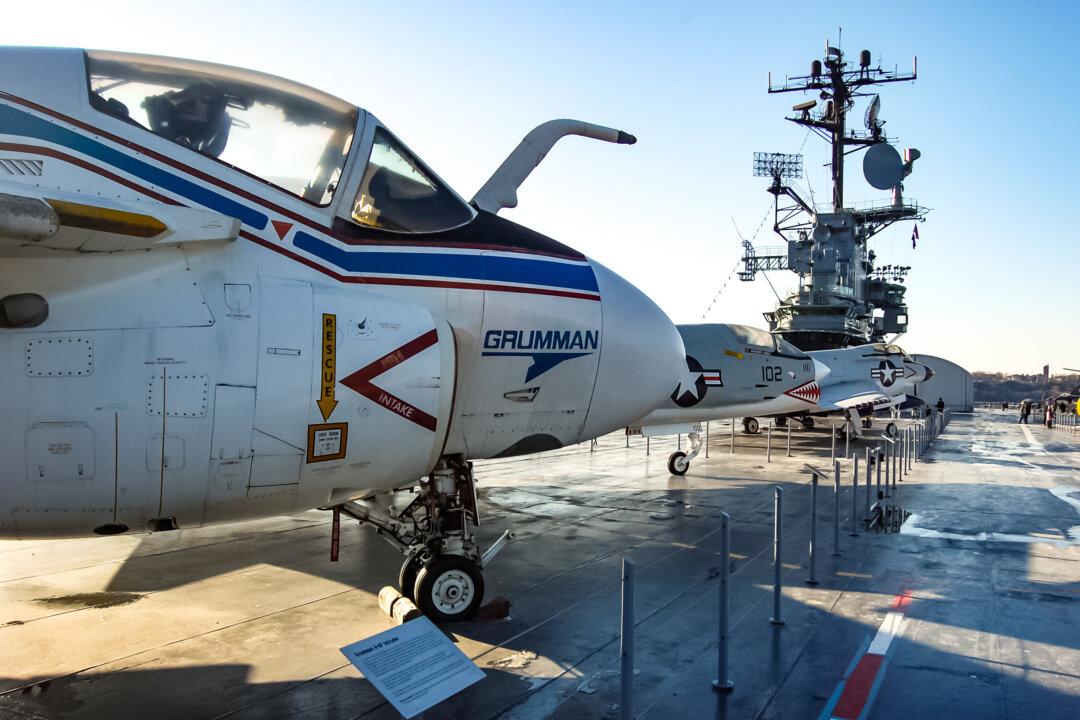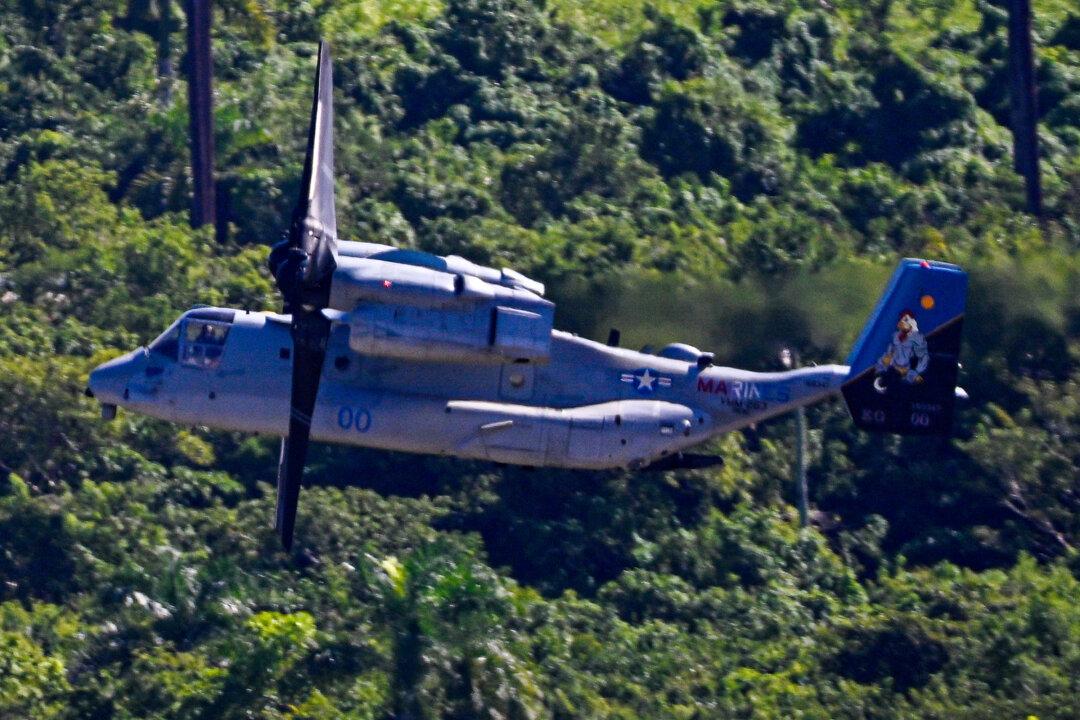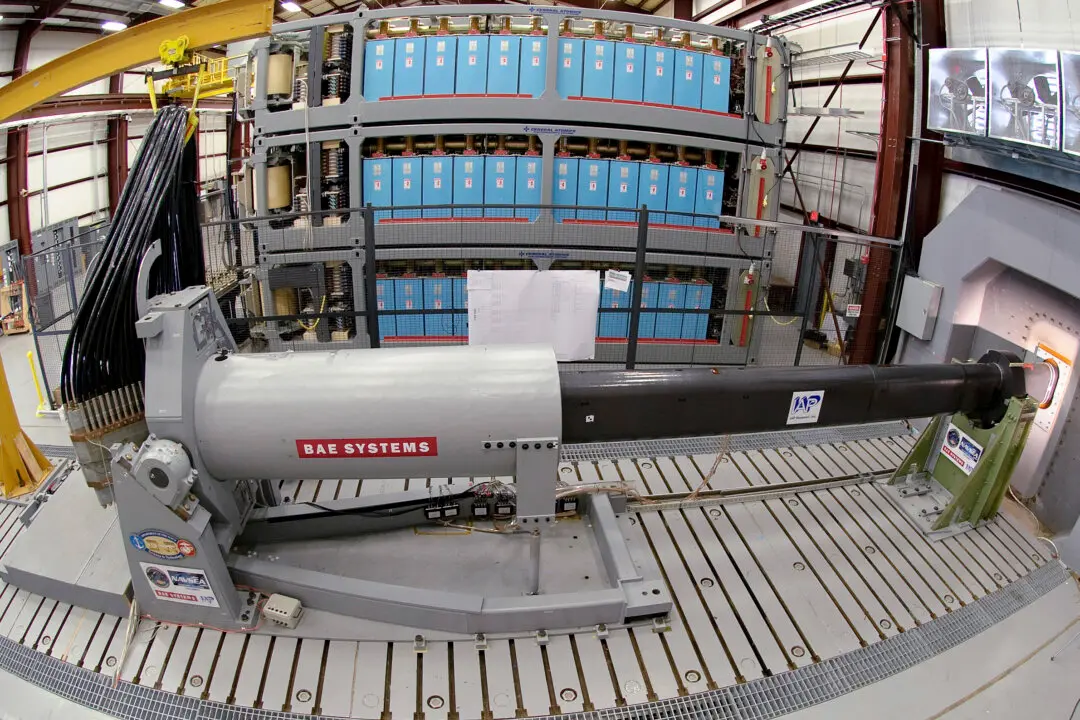Commentary
The A-6 Intruder’s last combat missions were flown over Bosnia in 1994, and it was formally retired in 1997. During Operation Desert Storm, Navy A-6E aircraft flew 5,619 sorties striking 2,617 targets. Included in these sorties were 221 air defense suppression attacks using high-speed anti-radiation missiles (HARM).





